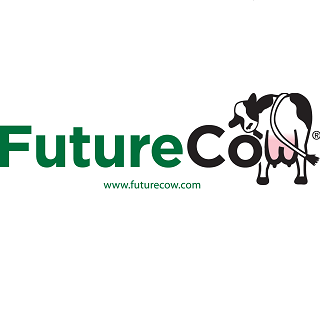World Markets

According to Ildiko Szalai, senior packaged food company analyst at the market analyst group Euromonitor International, the main areas that are going to see growth will be Asia Pacific and Latin America.
The more developed markets in regions such as Europe and North America will see their regional contribution to the global market size lower by the end of the 2012 - 2017 forecast period. While in 2012 North America accounted for 15 per cent of the global market value sales by 2017 this ratio will only be 14 per cent. For Western Europe the same indicator for 2012 is 28 per cent, which is expected to decrease to 25 per cent by 2017. But during the 2012-2017 both regional dairy markets are expected to post a positive compound annual growth rate.
The main growth is going to be driven by the markets in China, which will see a nine per cent rise in the market and Brazil which will see a seven per cent rise for the 2012-2017 period in compound annual growth rate (CAGR) terms.
"China and Brazil are accelerating in growth rates, underpinned by their strong economic growth," Ms Szalai told the Dairy UK conference in Birmingham.
For these two markets, drinking milk products are the primary drivers with them taking 73 per cent of the market in China.
However, Ms Szalai said that the market is becoming more and more sophisticated and in Brazil, milk for drinking is regarded as a nutritional product, particularly for children.
Because of the growth in demand for milk products in China in particular, the largest companies are also from this region with Inner Mongolia Vili and China Mengnui showing the greatest growth.
The established companies such as Kraft, Danone and Nestle have shown lower growth in the emerging markets.
Ms Szalai told the conference that with 64 per cent of GDP growth coming from emerging markets between 2011 and 2016 and with 88 per cent of the global population also coming from emerging regions by 2016 with a greater disposable income, the growth in the dairy and particularly the milk product market is expected to come from Asia Pacific.
In the more developed markets of the EU and US, the dairy sector faces the challenges of the present Euro crisis and the economic difficulties in the US as well as the impact of the forth coming presidential election in the US.
"Over the next five years there is going to be a small growth in the developed markets, while the emerging markets are going to see stronger growth," she said.
Because of the growing populations in the emerging markets and the growing wealth and rising incomes and an increasing middle class, more companies are expected to invest in these regions.
However, Ms Szalai said that the investment is not going to be without its challenges.
Any investors are going to have to meet the problems of an underdeveloped infrastructure, an unstable supply chain, a fragmented retail network and intensifying of market consolidation and an operating environment that is influenced by government regulations and restricted by a lack of accurate market information.
However, she told the conference that product innovation can help to overcome infrastructure and supply chain deficiencies and companies are meeting the challenges by becoming more and more vertically integrated.
As examples Ms Szalai said that companies such as Fonterra, Nestle and Danone are developing integrated operations in these regions. Fonterra has built large scale dairy farms with up to 15,000 cows in China, Nestle has entered into partnership with local agricultural authorities in Morocco and Danone is developing cooperative dairy farms for educational purposes in Ukraine and Turkey.
The focus of the distribution and retail centres is also changing. In the developed regions supermarkets and hypermarkets are the main outlets for dairy products while developing nations still have a large percentage of independent small grocers as the major outlets.
However, more and more companies are finding ways of working with the current apparently restrictive distribution sector in the emerging areas, tackling the lack of refrigeration and food security through enterprises that include direct selling and by embracing the local cultural differences.
While companies are finding new ways to get their products to the consumer in the developing market areas, the dairy sector is also finding new challenges in the consolidation of the market.
However, Ms Szalai said that companies are meeting this challenge by finding niche growth opportunities by switching consumers to branded products from unbranded at the value end of the market and offering premium product innovations.
The consolidating market is also seeing growth through acquisition.
In the developed markets of Europe and the US, most of the growth is expected to come in further processed dairy products such as cheeses and yoghurts.
This will require companies to target key trends such as healthy eating, convenience and snacking with innovative product development.





















